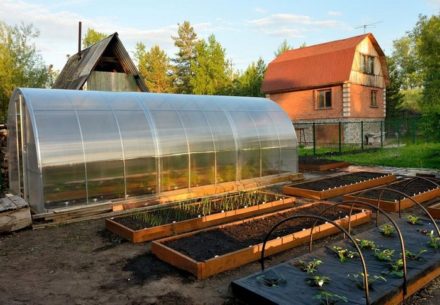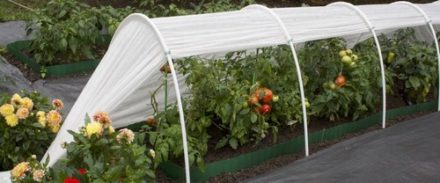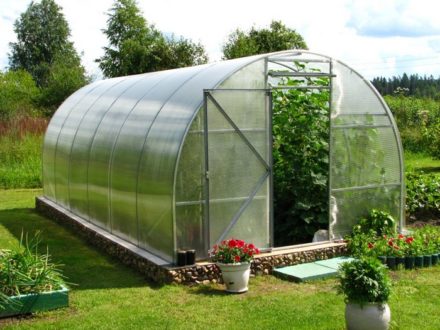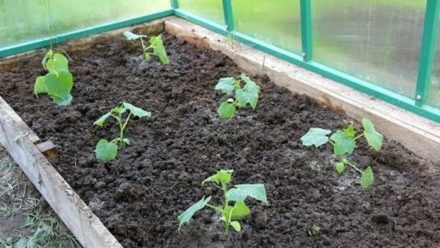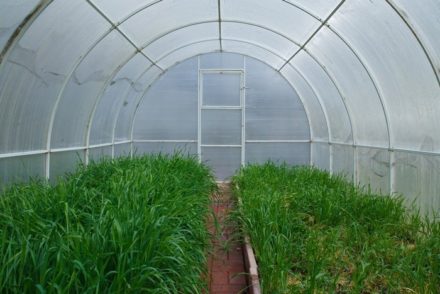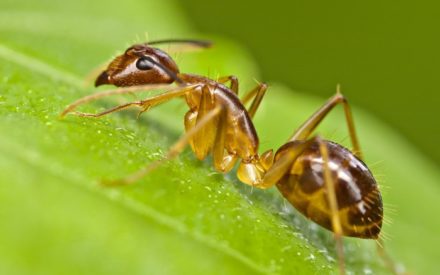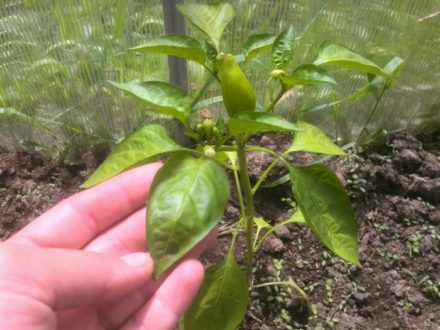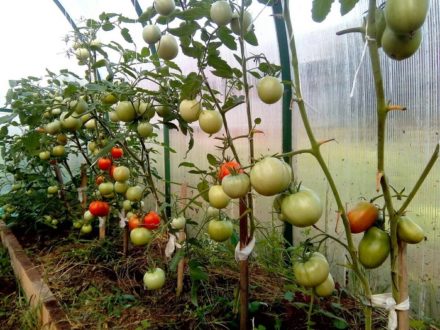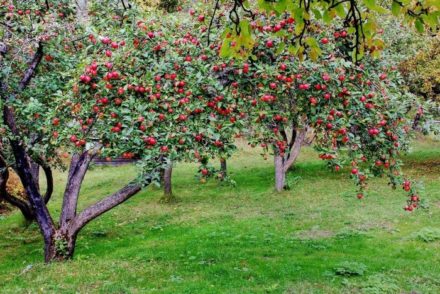In extreme heat, the inside of the greenhouse overheats, which has a bad effect on the crops being grown. Novice gardeners know only one way to lower the temperature of heated air - open the windows and doors. More experienced summer residents know 3 more options for solving this problem.
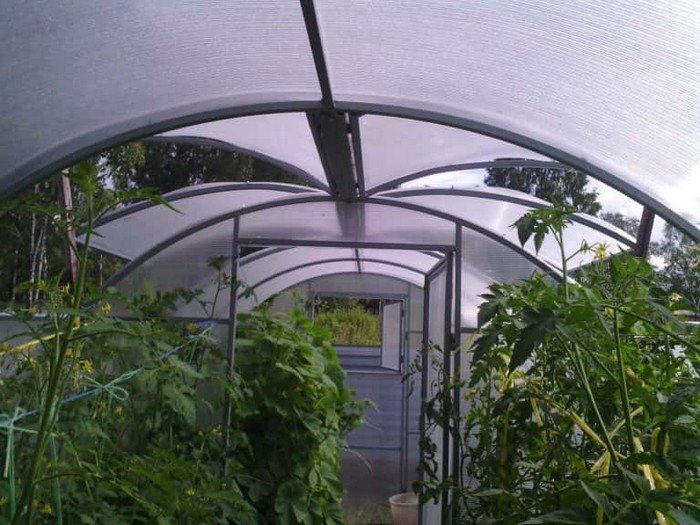
Shading of the structure
You can cool the air in a hot greenhouse using shading. In this case, the temperature will immediately drop by 10 °C. You can organize shading in several ways:
- Whitewashing walls and roofs with chalk solution. It is prepared from 200 g of chalk powder per 10 liters of water. The composition is applied using a sprayer. The solution can be used to coat film, glass, and polycarbonate. After the heat subsides, wash off the chalk with a stream of water from a hose. Sometimes rain performs this function.
- The use of sunscreens made of spunbond or lutrasil. Such protection can be installed both inside and outside the greenhouse. First, a frame is built from wire, then it is covered with fabric, which is secured with clips.
- Construction of an air cushion under the ceiling. Spunbond or lutrasil are also useful for this purpose. You can use plastic film. The material is stretched at a distance of 30–40 cm from the ceiling. The air gap will prevent hot air from penetrating inside the greenhouse.
You can use reusable ready-made screens made of slats or plastic in the form of blinds. They are easy and quick to deploy. When rolled up, such screens do not take up much storage space, and the products last for many years. As a ready-made solution, purchase a reflective mesh; it is sold in a gardening store along with fasteners.
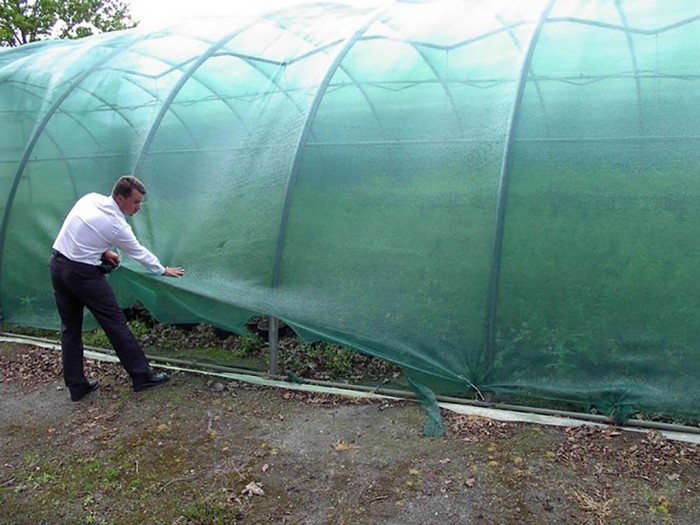
Fan blowing
The movement of air masses inside the greenhouse can slightly reduce the temperature inside the building. They create a forced air flow using a fan. For these purposes, a regular household model is suitable. The device is installed on the ground so that it is stable. The air stream is directed to the far end of the greenhouse. The fan head should be slightly tilted downwards.
The efficiency of greenhouse ventilation will increase. However, the method also has certain disadvantages. To operate the device you will need electricity, which means you will have to additionally buy an extension cord. Electricity bills will also increase, but not exorbitantly, especially since the fan operating time can be adjusted at will, and the heat rarely lasts for months at a time.
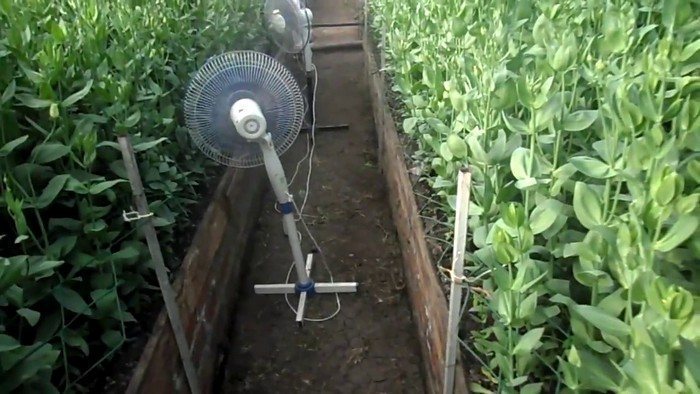
Cooling with water
The easiest way to quickly reduce the air temperature in a greenhouse is to hose down the paths with cold water. This method is used in the morning and afternoon. In the evening, it is better not to create excess humidity in the greenhouse, otherwise you can provoke the appearance of rot on the plants being grown.
The soil in the beds should not be watered with cold water.This will cause stress to the plants due to temperature changes, lead to leaching of nutrients from the soil, and create waterlogging for the plantings. There is another way to use cold water to humidify the greenhouse. The outside of the building is covered with a dampened cloth and left to dry.
You can also place several barrels or tanks of water inside. The liquid will accumulate heat, and the air will become cooler. The method using water is ideal for cooling cucumber greenhouses, but tomatoes cannot tolerate excessive moisture.
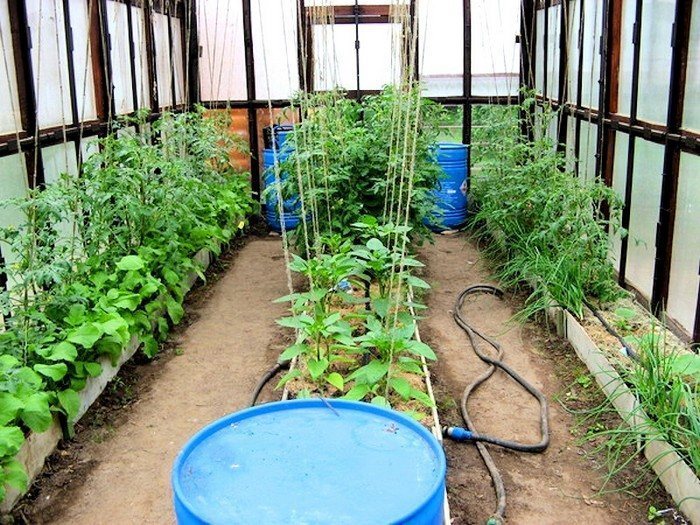
The listed methods of thermoregulation are among the simplest and most accessible. You can, of course, use more complex equipment, for example, an automatic ventilation system or an installation that generates cold fog. However, such options require disproportionately large costs, so they are not suitable for everyone.



